With the summer months coming to a close and fall right around the corner, it’s time for cool temperatures, a plethora of fall color and finishing up some garden tasks. In the upcoming weeks your annuals will stop blooming and it will be time to plant asters, mums and ornamental cabbage to keep that planter or garden spot looking bright and colorful. But what do you do with the abundance of plant material you worked so hard on all spring and summer? How about the beautiful croton, dracaena or cordyline you put on your patio to enjoy? Traditionally, many people would simply throw these plants away, but you can continue to enjoy these specimens indoors throughout the winter.
Brining your plants indoors will offer warm temperatures where many tropical plants can thrive and you can continue to enjoy rich foliage inside while everything outside is dormant for the year. Here are some simple tips to be successful when bringing your plants inside for the fall and winter months.
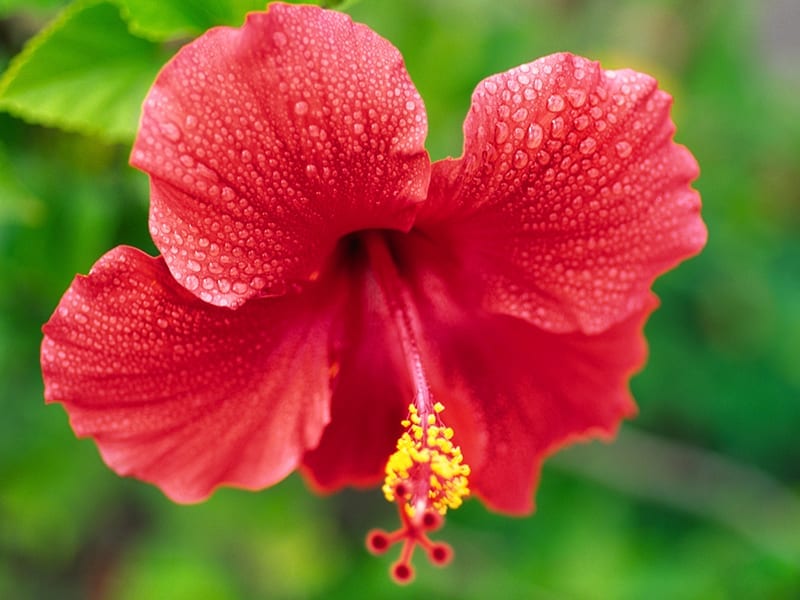
Repotting plants
In many cases, the plant you are bringing inside will already be in a planter. If that is the case, this is a good time to make sure that your plant has enough room in the pot and if not, to put it in a larger container. To determine this, gently lift the plant out of the container and carefully inspect the root zone. If it feels like you are going to tear the roots when pulling it out, you can run a knife down the sides of the pot to help loosen it. Make sure to do this outside so as to not make a mess in the house. If you see the roots are dense and continually circling the pot, then it’s time for a larger container. The rule of thumb is to plant it into something about 20% larger so if you have a 10 inch pot, replant it in a 12-14” pot. A 16” pot would go into a 20” pot and so forth. Use fresh potting mix when planting in a new container and remember to gently loosen the roots so they don’t continue to circle the new container.
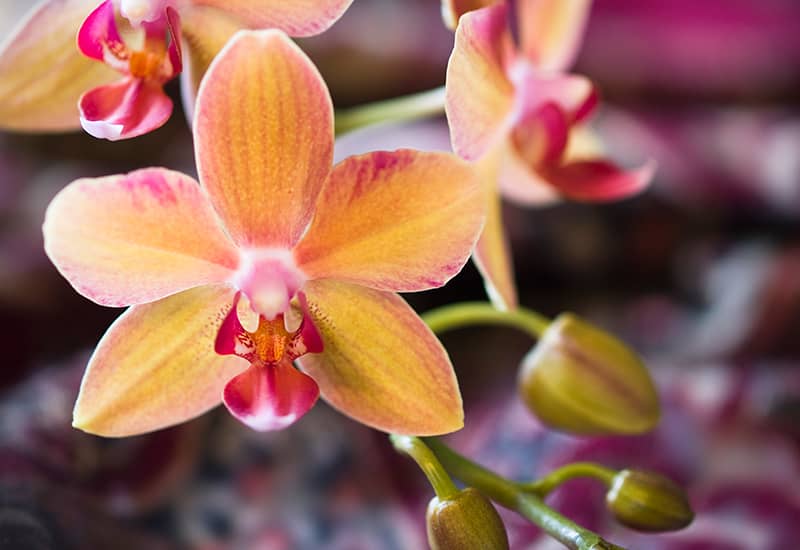
Fertilizer
In the winter months, you are not necessarily trying to grow a plant. Days are shorter and temperatures are lower so it is not ideal conditions to get an abundance of growth. With that in mind, your fertilizer program should reflect what the plant needs. I would recommend a very low dose of fertilizer in the fall, but no later than October 31st. A dose of a light, organic blend would be ideal like Dr. Earth’s all purpose fertilizer (4-4-4). Stay away from the Miracle Grow or other high nitrogen feeds. Without the appropriate light or temperatures, this will simply go to waste and can even burn the plant at this time of year.
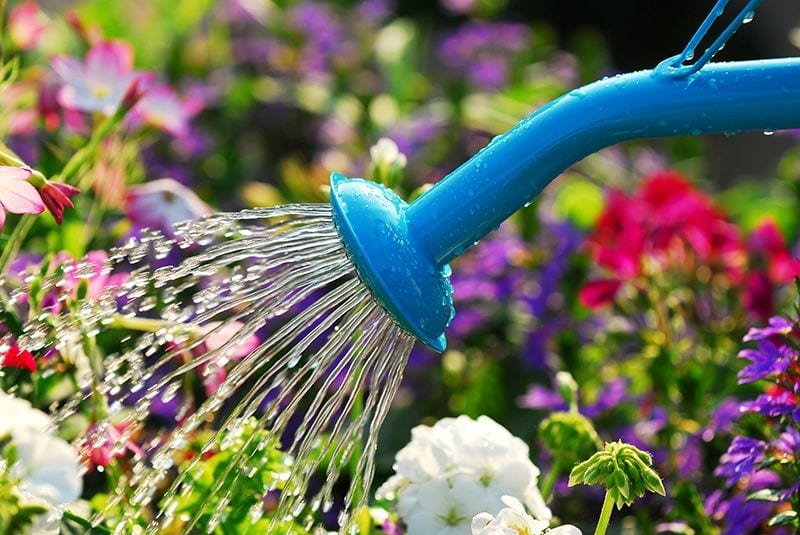
Watering
Watering is the most critical aspect of keeping a plant going indoors. The biggest problem people have is they love their plant to death! People associate watering with ‘caring’ for the plant and think that like people, plants need water every day. This is simply not the case. While plants do need adequate moisture to survive, a daily watering schedule will certainly lead to disaster. Like I mentioned, your plants are not growing a whole lot in winter so they are doing less photosynthesizing and in turn respiration – photosynthesis turns water and light into energy while transpiration is the release of excess water through the leaves. Because of this, the plant needs much less water compared to when it is growing in the spring and summer months. Keep your plants moderately moist, but you must let them completely dry out before adding more water. While the top of the pot might look dry, it is likely (especially in larger containers) that the bottom of the pot, where the roots are, is saturated. A well drained soil and proper drainage in your pot will assure success in this regard. Picking up your plant when it’s completely wet and again when it is 100% dry (the plant is drooping a little) will give you a good weight benchmark so you know when to water. Also the utilization of a moisture meter or simply sticking your hand in the pot can give you the feedback you need to asses if it’s time to water. If you are ever unsure, less is more in this case. It’s easy to bring a plant back from under-watering, but once you over water, there is little you can do to save it.
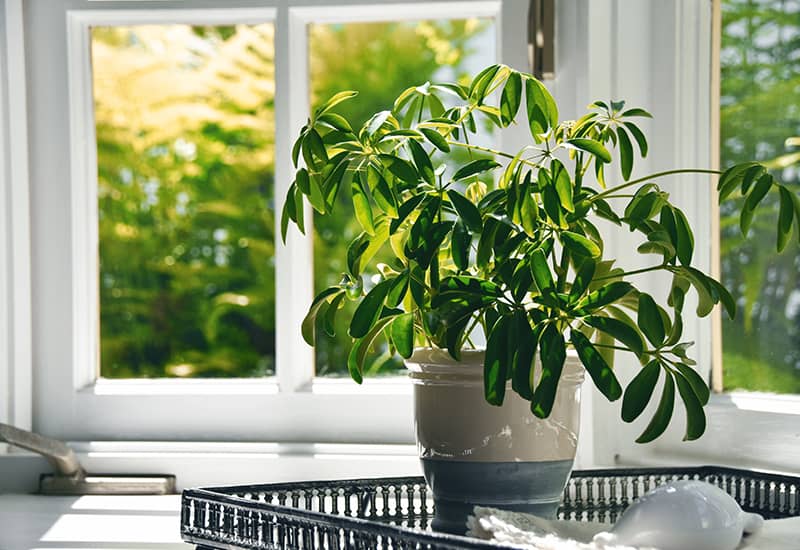
Light & Temperature
Most plants enjoy some sunlight indoors but it varies from plant to plant. A high light plant requires 4-6 hours of direct sunlight in the house while a low light plant can take around 2-4 hours of direct sunlight or simply a bright room. It’s important to research the plant that you have to determine its light requirement. Plants not receiving enough light will become stretched (long stems with lots of space between leaves), yellow, and can stunt. Also keeping plants away from cold, drafty windows and hot, dry radiators or other heating units is important. Keep your plant in an area where the temperature is mostly consistent; upper 60’s to low-mid 70’s is an appropriate temperature to keep most plants indoors happy and healthy.
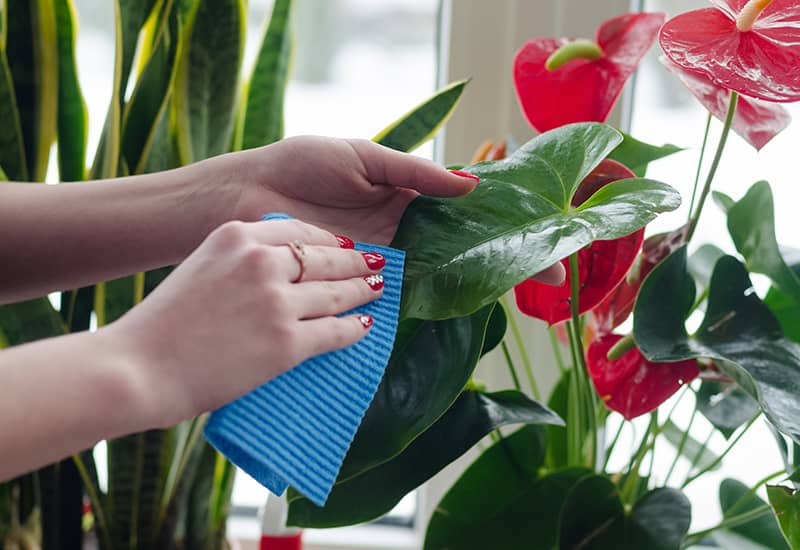
Insects
When plants are outside they are bound to pick up some creepy crawlers. If you are bringing a pot inside that was out all summer long, it’s important to inspect it thoroughly to make sure nothing is attached to the outside. Usually a high powered hose or simple wash to the pot will get any unwanted guests off. I recommend treating the soil with a systemic insecticide like Bonide’s Systemic Houseplant Insect Control. This chemical will be absorbed through the plant’s roots and will stay in the plant for months. If and when an insect goes to feed on the plant, it will die; it’s that easy! Keeping the soil from becoming overly saturated will help with things like fungus gnats and other soil borne critters. If they are already there from being outside, you could do a nematode drench – microorganisms that will kill the immature larvae. If you don’t want to use chemicals, you can coat the foliage of your plant with horticulture oil while the plant is outside to help suffocate anything that might be on the leaf tissue.
This Fall when you are looking at the plethora of plants you took so much time and effort to care for don’t’ just give up on them. Find a spot in the house that can use a little life and extend your plant’s season so you can enjoy it all year long. Just follow the simple steps outlined and you will have a beautiful, lush garden indoors to help bring life inside your home.
Additional Information:
